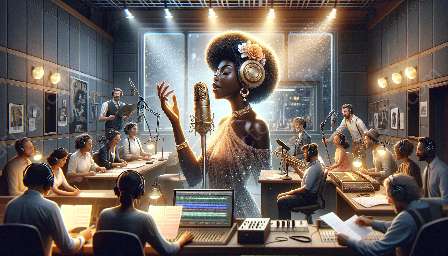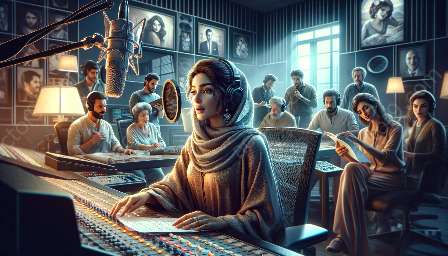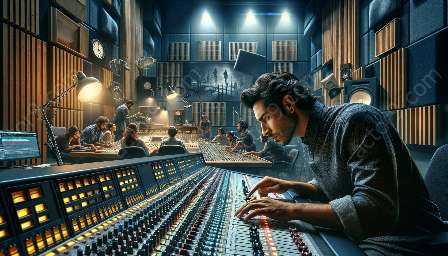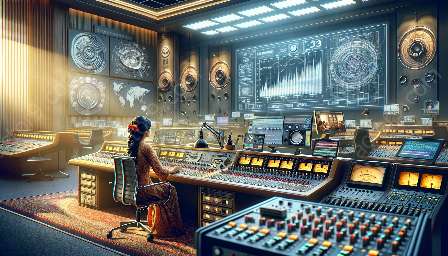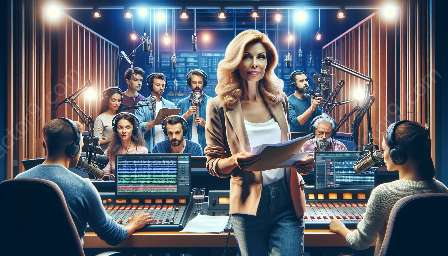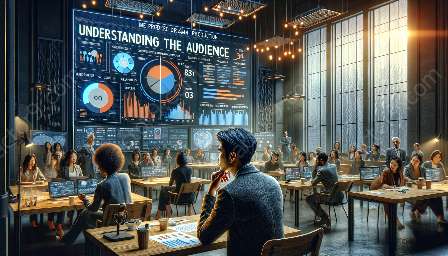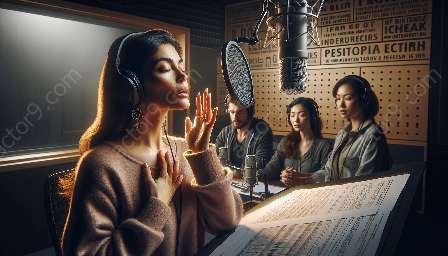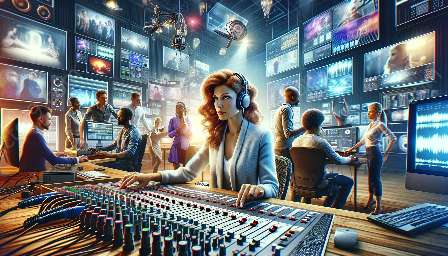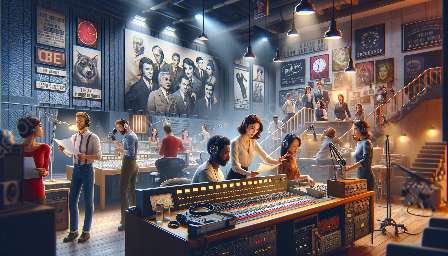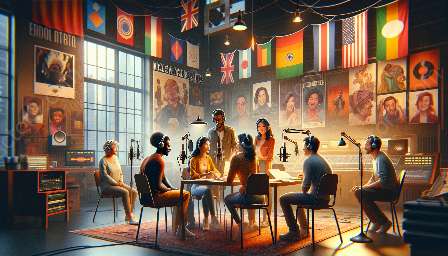Traditional storytelling in radio drama holds a unique place in the realm of dramatic entertainment. In this article, we'll explore the intricacies of this art form, its compatibility with drama series and serials in radio, and the various aspects of radio drama production that contribute to its success.
The Art of Traditional Storytelling in Radio Drama
Radio drama has long been a medium for captivating audiences through the power of storytelling. It combines the art of oral tradition with the technological advancements of radio transmission to bring narratives to life through sound alone. One of the key elements of traditional storytelling in radio drama is its ability to engage the audience's imagination, creating vivid mental images through the use of sound effects, voice acting, and compelling dialogue.
Compatibility with Drama Series and Serials in Radio
Traditional storytelling is seamlessly compatible with drama series and serials in radio. The episodic nature of radio drama allows for the development of intricate storylines and character arcs, drawing listeners into a captivating world that unfolds across multiple episodes. This format fosters a sense of anticipation and emotional investment, making it an ideal platform for traditional storytelling techniques to shine.
The Nuances of Radio Drama Production
Radio drama production is a meticulous craft that encompasses scriptwriting, voice direction, sound design, and post-production editing. At the heart of this process lies the need to convey compelling narratives through audio, making effective use of music, sound effects, and voice performances. The skillful integration of these elements is essential in bringing traditional storytelling to life in radio drama, creating an immersive and emotionally resonant experience for the audience.

